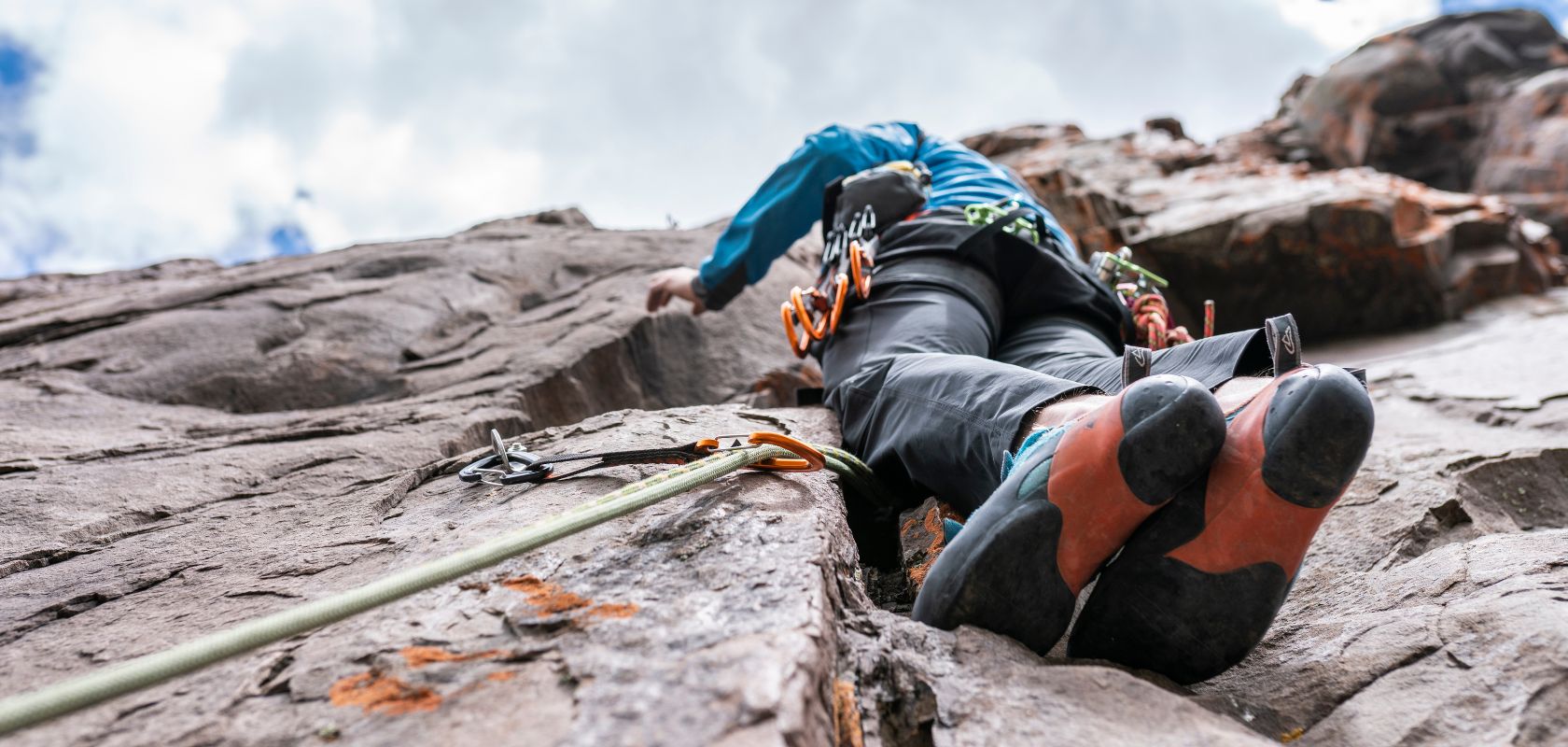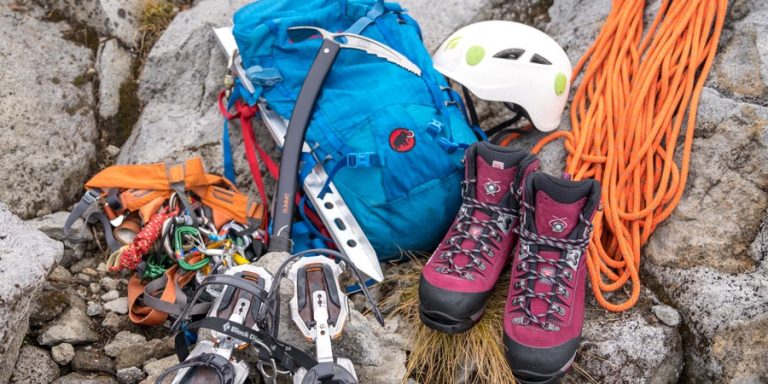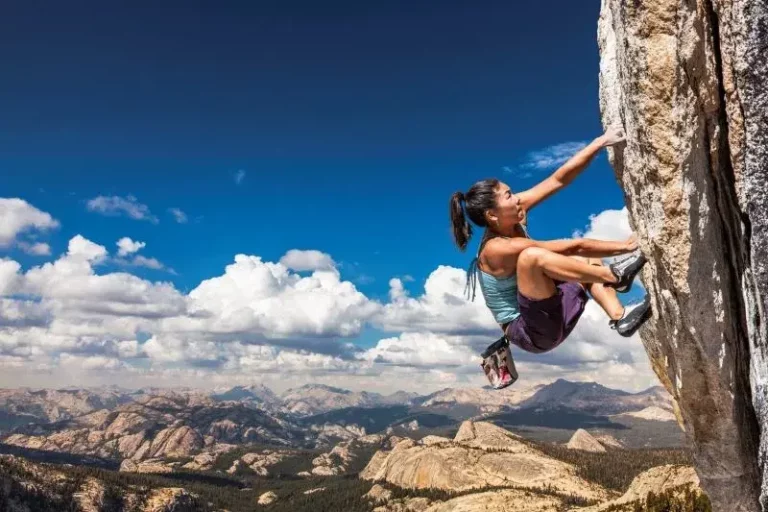Crucial Advice for Novice Climbers: Your All-Inclusive Manual for Beginning Your Vertical Adventure! Let’s go on a trek.
Greetings from the thrilling world of climbing! You’re starting an amazing journey that will test your physical and mental strength, boost your confidence, and introduce you to a supportive community, regardless matter whether you’re drawn to the challenge of scaling a tall rock face outdoors or the vibrant atmosphere of an indoor climbing gym. But for a novice, the world of climbing grades, ropes, and harnesses might be a little intimidating. Do not be alarmed, would-be mountaineer! Let’s Trek It is bringing you this extensive guide, “Ascend with Confidence: Essential Tips for Beginner Climbers – Your Comprehensive Guide to Starting Your Vertical Journey! – Let’s Trek It,” which is full of crucial advice and tips to help you enter the vertical world with confidence.
I. Taking the First Step: Getting Started Safely
Before you even think about scaling a wall, safety is paramount. Here’s how to begin your climbing journey responsibly:
- Start at an Indoor Climbing Gym: This is the safest and most accessible way for beginners to learn the fundamentals. Climbing gyms offer controlled environments with padded floors, varied routes, and experienced staff.
- Take an Introductory Lesson: Most climbing gyms offer beginner classes that will teach you essential safety procedures, basic movement techniques, how to properly use the equipment (harness, belay device), and fundamental knots. This is a non-negotiable first step!
- Rent Quality Gear: Initially, rent your climbing shoes, harness, and belay device from the gym. This allows you to try different sizes and understand what works best before investing in your own gear. Ensure everything fits properly and is in good condition.
- Find a Climbing Partner: Climbing is inherently a partnered activity, especially when top-roping. Find a reliable and trustworthy climbing partner who is also either a beginner learning alongside you or, ideally, someone more experienced who can provide guidance and belay you safely.
- Learn Basic Belaying Skills (Properly!): Belaying is the technique used to manage the rope and catch a climber in case of a fall. This is a critical skill, and you must be thoroughly trained by a certified instructor or experienced climber. Never belay without proper instruction and supervision.
II. Mastering the Fundamentals: Movement and Technique
Climbing isn’t just about brute strength; technique and efficient movement are key, especially for beginners:
- Focus on Footwork: Your feet are your primary source of support and power. Instead of relying solely on your arms, focus on placing your feet precisely on the holds. Use the edges and tips of your climbing shoes for better grip. Push with your legs, not just pull with your arms.
- Use Your Legs, Not Just Your Arms: Many beginners make the mistake of over-relying on their arm strength, which quickly leads to fatigue. Engage your leg muscles to push yourself upwards. Think of your arms as guides, not your primary source of power.
- Maintain Three Points of Contact: At any given time, aim to have at least three points of contact with the wall (two hands and one foot, or two feet and one hand). This provides stability and allows you to move one limb at a time.
- Look Ahead and Plan Your Moves: Before reaching for a hold, scan the wall and plan your next few moves. This helps you climb more efficiently and avoids getting stuck.
- Climb Smoothly and Deliberately: Avoid jerky, sudden movements. Climb with a smooth and controlled rhythm, conserving energy and maintaining better balance.
- Keep Your Arms Straight When Possible: Straight arms require less energy than bent arms. Try to maintain straight arms while moving between holds, engaging your core for stability.
- Lower Down with Control: When you reach the top of a route or need to come down, don’t just let go. Communicate clearly with your belayer and lower down in a controlled and steady manner.
III. Embracing the Mental Game: Mindset for Climbing Success
Climbing is as much a mental challenge as it is a physical one:
- Start with Easier Routes: Don’t be discouraged if you can’t immediately climb the hardest routes. Begin with easier grades that allow you to focus on technique and build confidence. Gradually progress as you improve.
- Don’t Be Afraid to Fall: Falling is a natural part of learning to climb. Trust your belayer and the equipment. Try to fall cleanly away from the wall. Each fall can teach you about your limits and build mental resilience.
- Rest When You Need To: Climbing can be physically demanding. Don’t push yourself to exhaustion. Take breaks between climbs to allow your muscles to recover.
- Visualize Your Ascent: Before you start climbing a route, take a moment to visualize yourself successfully reaching the top. This mental rehearsal can improve your confidence and focus.
- Learn to Read the Wall: Pay attention to the different types of holds and how they are positioned. Understanding how to grip different holds effectively is a crucial skill.
- Celebrate Your Progress: Acknowledge and celebrate your achievements, no matter how small. Every successful climb is a step forward in your climbing journey.
IV. Etiquette and Community: Respecting the Climbing Gym and Fellow Climbers
The climbing community is generally supportive and welcoming. Here’s how to be a good member:
- Be Mindful of Others: Avoid climbing directly below someone else. Give other climbers space and be aware of your surroundings.
- Return Rental Gear Promptly: Be considerate of others who may need the equipment.
- Clean Your Climbing Shoes: Wipe the soles of your shoes before climbing to keep the holds clean and maintain good friction.
- Offer Encouragement: A few words of support can go a long way in motivating fellow climbers.
- Ask for Advice (Respectfully): Don’t hesitate to ask more experienced climbers for tips or guidance, but be respectful of their time and space.
V. Progression and Beyond: Your Climbing Journey Awaits
As you gain experience and confidence, you can explore more challenging routes, learn new skills (like lead climbing), and eventually venture outdoors. Remember that climbing is a continuous learning process. Be patient with yourself, celebrate your progress, and most importantly, enjoy the incredible journey of ascending to new heights!
Let’s Trek It Tip: Consider joining a beginner climbing group or finding a more experienced mentor within the climbing community. Their guidance and support can be invaluable as you progress. Don’t forget to have fun and embrace the challenge! Happy climbing!



